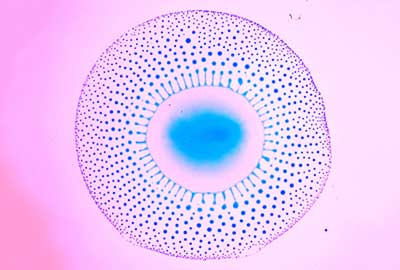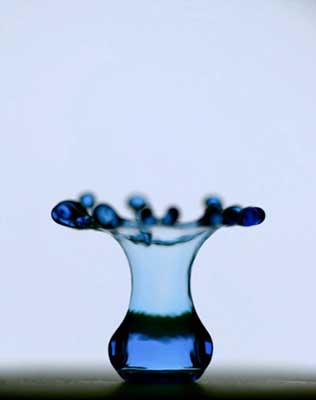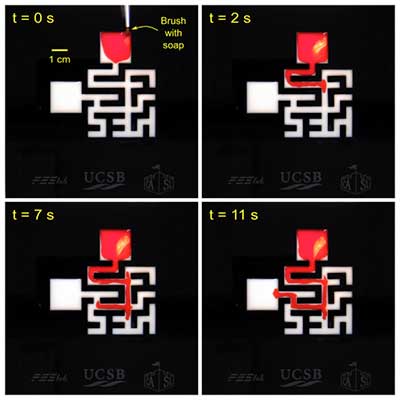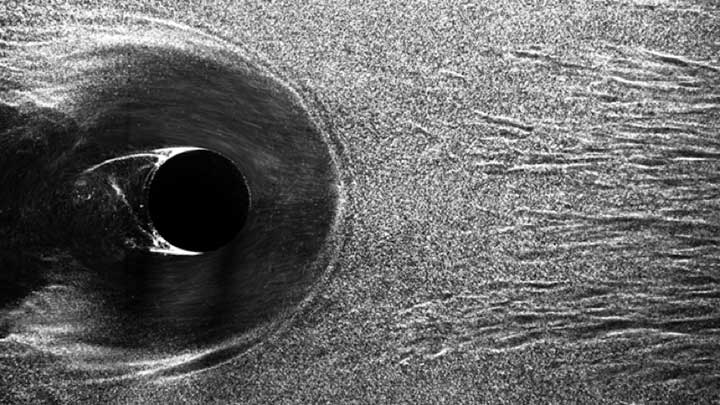What Happens at the Division of Fluid Dynamics Meeting?
Dr. Mark Owkes, Member-at-Large

Mark Owkes
The Division of Fluid Dynamics (DFD) is the largest of the APS divisions and hosts the second largest APS annual meeting. However, what occurs at the meeting and the research that is occurring in this area of APS is often unknown by much of the rest of APS. This article aims to share some of the exciting things occurring at the DFD meeting.
The DFD meeting occurs every November the Sunday-Tuesday before the Thanksgiving holiday. This past year, ten minute talks in thirty-nine parallel sessions over three days provided the fast-paced exchange of fluid dynamics research that occurs every year. Talks are on a wide range of fluids topics, including new experimental techniques such as x-ray imaging and electrically charged particles, numerical methods including approaches to discretize singularities at triple points and algorithms that are well suited for GPUs, and analytical work, for example, on a statistical theory of turbulent transition. Many of the topics are likely not unique to fluid dynamics, such as developing numerical methods to handle discontinuities, petascale computing, experimental imaging, model reduction, and techniques to handle big-data.
Fluids education and outreach is an area that has grown over the last decade and overlaps work done in other areas of APS. The sessions and lunch focus on best practices for teaching fluid dynamics and engaging with the public.
Besides the technical presentations, the DFD meeting provides an opportunity to share some breathtaking posters and videos focused on fluid dynamics through the Gallery of Fluid Motion (GFM). The submissions illustrate science as well as the beauty of fluid motion. Additional information can be found at https://gfm.aps.org.
The DFD meeting is the world’s leading conference for sharing and learning about advances in fluid dynamics research. To learn more about the meeting, see DFD unit website, and if interested join us in Atlanta, GA, November 18-20, 2018.

Spreading of a blue water/alcohol mixture into bath of sunflower oil. Fingering and droplet formation due to different evaporation rates of water and alcohol. Durey et al., “V0020: Marangoni Bursting: Evaporation-Induced Emulsification of a Two-Component Droplet”, Gallery of Fluid Motion, 2017

Droplet breakup due to impulsive upward motion of plate underneath droplet. Chantelot et al., “V0080: Kicking Droplets”, Gallery of Fluid Motion, 2017

Red dye “solving” maze filled with milk, after the addition of soap at the inlet. Temprano-Coleto et al., “V0098: Soap opera in the maze: Geometry matters in Marangoni flows”, Gallery of Fluid Motion, 2017

Coherent structures within turbulent flow around a cylinder. Branson et al., “V0053: The Coexistence of Order and Chaos in C-major”, Gallery of Fluid Motion, 2017
Mark is an assistant professor at Montana State University in the department of Mechanical and Industrial Engineering. His research interests include developing numerical methods to study gas-liquid multiphase flows such as the atomization of a liquid fuel.
